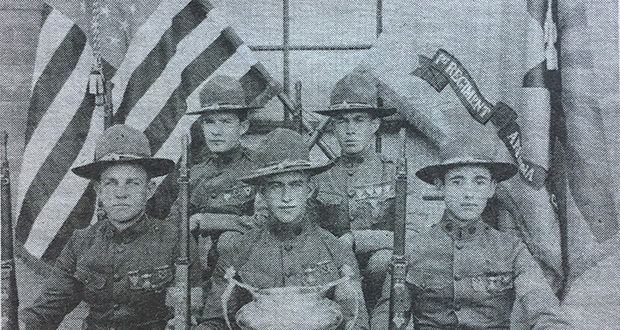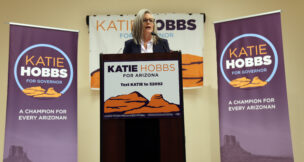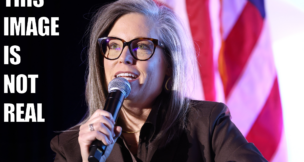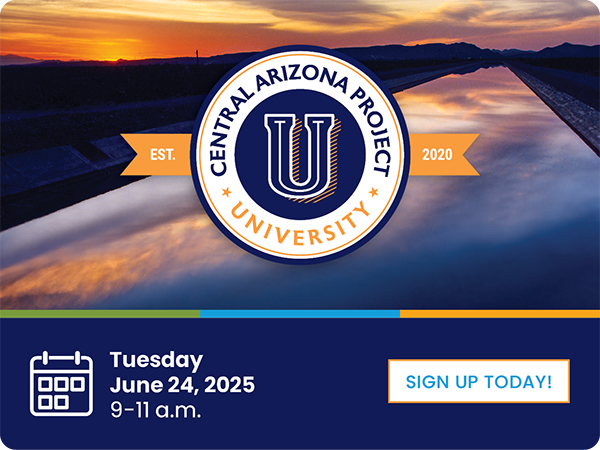Arizona Territorial Fair, first attempt
Arizona Capitol Reports Staff//September 28, 2007//
By the 1880s the territory of Arizona was the Wild West. With a total population of around 60,000, the territory was just starting to get organized through the 13th Legislature...
No tags for this post.













































